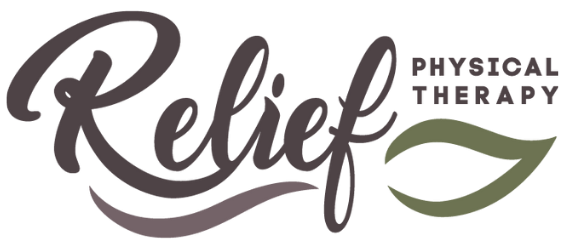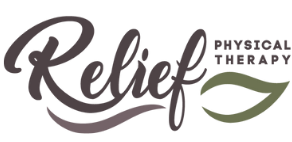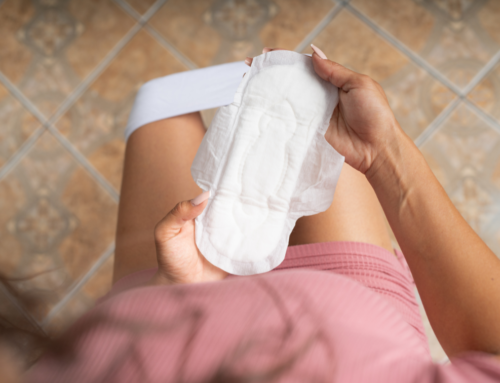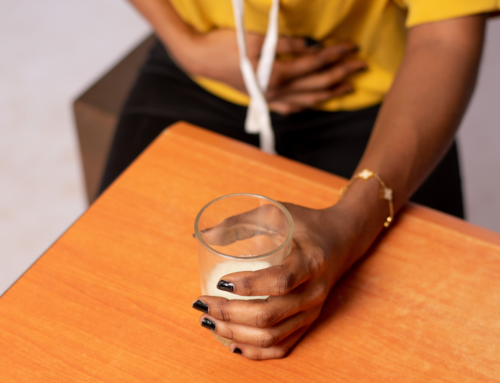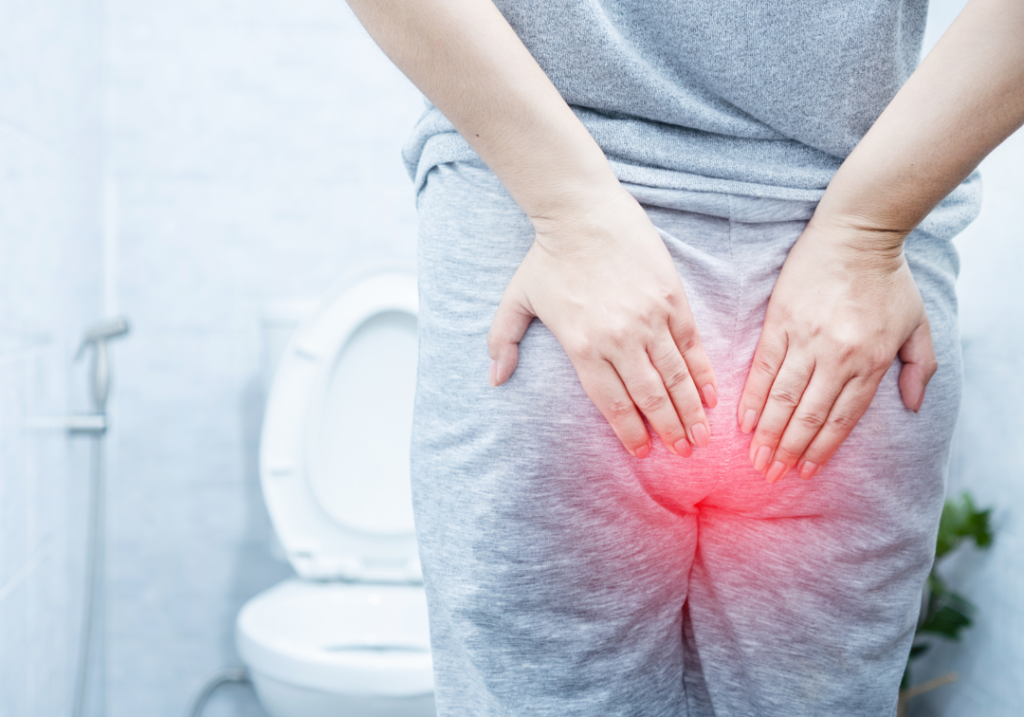
Tailbone Pain Problems and Issues
Tailbone Pain Problems and Issues
Tailbone pain, pain in the coccyx seems like a minor problem. After all, it’s a small place. Just the tip of your sacrum. But tailbone pain can create some big feels, and some really big pains for such a little spot.
If you are having problems sitting for long periods, walking or running, or even putting on your pants one leg at a time because of tailbone pain, you might have already discovered that doctors don’t do much about it. And despite the excruciating stabbing happening, you may have been told that it’s not a major concern.
Tailbone pain, pain in the coccyx seems like a minor problem. After all, it’s a small place. Just the tip of your sacrum. But tailbone pain can create some big feels, and some really big pains for such a little spot.
If you are having problems sitting for long periods, walking or running, or even putting on your pants one leg at a time because of tailbone pain, you might have already discovered that doctors don’t do much about it. And despite the excruciating stabbing happening, you may have been told that it’s not a major concern.
WHAT?
WHAT?
If you have been looking for some solutions to jolting pain, or aching pain when you sit, stand, or move this might help.
If you have been looking for some solutions to jolting pain, or aching pain when you sit, stand, or move this might help.
Tailbone Pain AKA Coccydynia:
Tailbone pain medically known as coccydynia, can be a source of significant discomfort and frustration. Twinges of pain insert themselves into common movements during your day. Things like sitting or walking become sharp reminders to go slowly and not shift to “that” side.
You grow to dread ordinary activities like driving, working, or household chores. Tailbone pain makes it very difficult to perform daily body functions, especially pooping. Sometimes even sitting on the toilet will set it off. For many the worst pain comes at night. The relentless aching does not stop in any position, and will significantly impact sleep patterns and contribute to sleep deprivation and fatigue.
Tailbone Pain AKA Coccydynia:
Tailbone pain medically known as coccydynia, can be a source of significant discomfort and frustration. Twinges of pain insert themselves into common movements during your day. Things like sitting or walking become sharp reminders to go slowly and not shift to “that” side.
You grow to dread ordinary activities like driving, working, or household chores. Tailbone pain makes it very difficult to perform daily body functions, especially pooping. Sometimes even sitting on the toilet will set it off. For many the worst pain comes at night. The relentless aching does not stop in any position, and will significantly impact sleep patterns and contribute to sleep deprivation and fatigue.
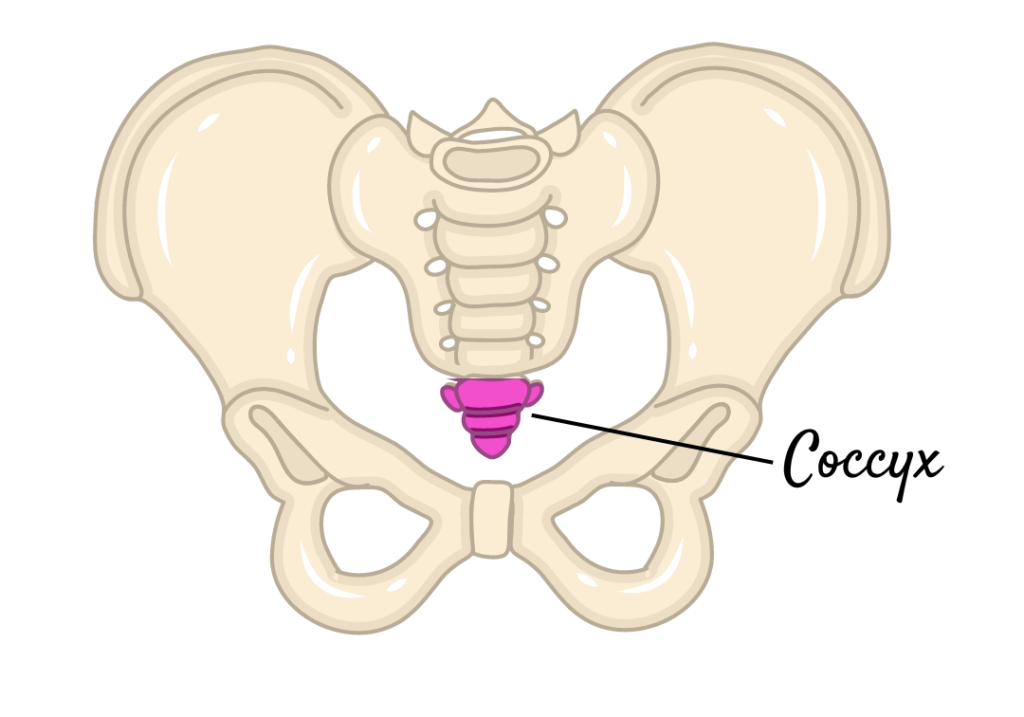
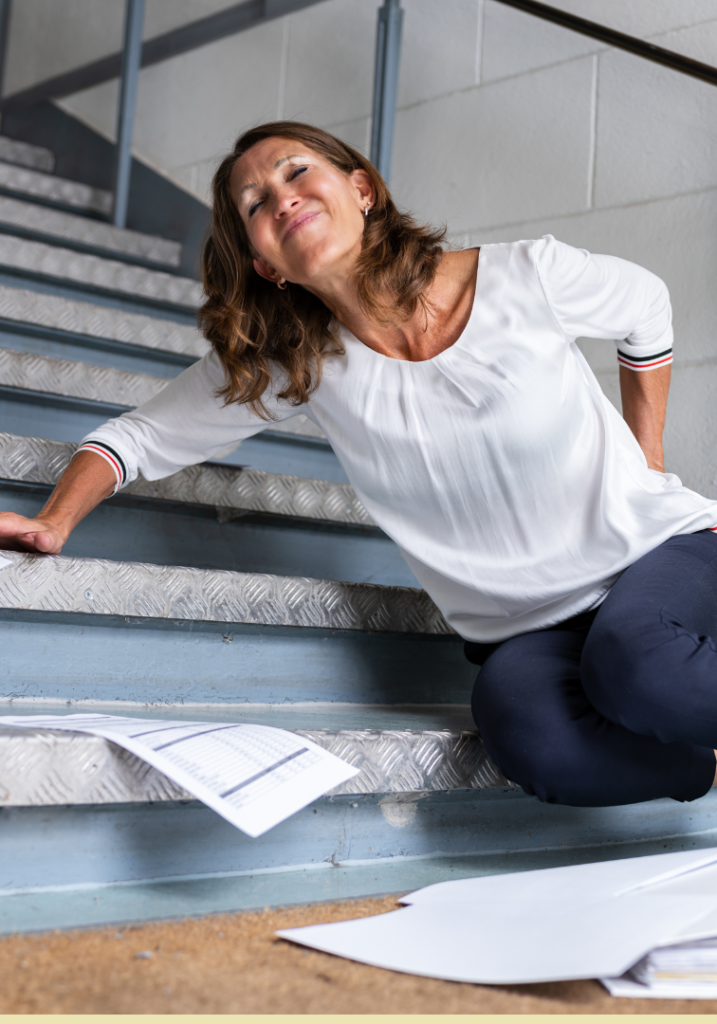

Childbirth is a very common cause of traumatic tailbone injury- when the tailbone and pelvic floor have less flexibility they cannot move out of the way as the baby is delivered, causing tearing, or in some cases sprained or broken coccyx. (Where the coccyx is free floating, and no longer attached at the end of the spine, creating instability and often intense pain.
This is one reason that preparation for childbirth with a pelvic health physical therapist during pregnancy is highly recommended
Childbirth is a very common cause of traumatic tailbone injury- when the tailbone and pelvic floor have less flexibility they cannot move out of the way as the baby is delivered, causing tearing, or in some cases sprained or broken coccyx. (Where the coccyx is free floating, and no longer attached at the end of the spine, creating instability and often intense pain.
This is one reason that preparation for childbirth with a pelvic health physical therapist during pregnancy is highly recommended
What causes Tailbone pain?
There can be a variety of causes for coccydynia. The most common cause of tailbone pain is physical trauma or injury. Your coccyx can be injured from slipping on the ice, or accidentally missing the chair and landing firmly on the base of your spine. Any kind of hard landing on your bottom can potentially injure your coccyx. This may create an obvious bruise and soreness for a few weeks. And the effect of a blow to the coccyx can last for years, even decades if it doesn’t heal properly.
Problems in the tailbone an also arise from low back problems that irritate the nerves that travel to the coccyx and cause nerve pain that is exacerbated by spinal movement and flexing or extending the sacrum and pelvis.
Poor posture puts undue pressure on the lower spine and strains the ligaments that hold the tailbone together creating soreness and irritation.
Repetitive movements such as cycling, horseback riding, and long distance driving can lead to coccydynia. Recurring strain weakens the supportive ligaments causing inflammation and irritated nerve endings.
There are 6 pelvic floor muscles attached to the coccyx. Dysfunction of the pelvic floor muscles, including tightness, weakness, or spasms, can contribute to tailbone pain by affecting the surrounding structures and alignment of the pelvis. Pelvic Floor Dysfunction is a contributing factor in most tailbone issues. It can also be the primary cause.
Chronic Stress is also a common root cause of tailbone pain. When we are stressed, often we hold tension in our bodies. If you hold tension in your pelvic floor muscles as a stress response, the 6 muscles attached to the pelvis constantly pull at the coccyx flexing the small joints and of the coccyx and irritating the nerve endings there causing pain.
Whether it’s caused by injury, childbirth, or underlying pelvic floor issues, tailbone pain has a profound impact on daily life and overall well-being.
What causes Tailbone pain?
There can be a variety of causes for coccydynia. The most common cause of tailbone pain is physical trauma or injury. Your coccyx can be injured from slipping on the ice, or accidentally missing the chair and landing firmly on the base of your spine. Any kind of hard landing on your bottom can potentially injure your coccyx. This may create an obvious bruise and soreness for a few weeks. And the effect of a blow to the coccyx can last for years, even decades if it doesn’t heal properly.
Problems in the tailbone an also arise from low back problems that irritate the nerves that travel to the coccyx and cause nerve pain that is exacerbated by spinal movement and flexing or extending the sacrum and pelvis.
Poor posture puts undue pressure on the lower spine and strains the ligaments that hold the tailbone together creating soreness and irritation.
Repetitive movements such as cycling, horseback riding, and long distance driving can lead to coccydynia. Recurring strain weakens the supportive ligaments causing inflammation and irritated nerve endings.
There are 6 pelvic floor muscles attached to the coccyx. Dysfunction of the pelvic floor muscles, including tightness, weakness, or spasms, can contribute to tailbone pain by affecting the surrounding structures and alignment of the pelvis. Pelvic Floor Dysfunction is a contributing factor in most tailbone issues. It can also be the primary cause.
Chronic Stress is also a common root cause of tailbone pain. When we are stressed, often we hold tension in our bodies. If you hold tension in your pelvic floor muscles as a stress response, the 6 muscles attached to the pelvis constantly pull at the coccyx flexing the small joints and of the coccyx and irritating the nerve endings there causing pain.
Whether it’s caused by injury, childbirth, or underlying pelvic floor issues, tailbone pain has a profound impact on daily life and overall well-being.
Understanding Tailbone Pain:
The tailbone, or coccyx, is a small triangular bone at the base of the spine, consisting of three to five vertebrae. In childhood these vertebrae are separate, and they fuse together to make one piece during adolescence and early adulthood. There are no nerves traveling through the fused joints of the coccyx, as they do with the sacrum. But the joint between the sacrum and the coccyx, the surfaces of the bones, and the surrounding muscles and connective tissue are innervated, and can be painful when irritates or inflamed. This pain can range from mild to severe and may be aggravated by sitting, standing, or moving certain ways.
Understanding Tailbone Pain:
The tailbone, or coccyx, is a small triangular bone at the base of the spine, consisting of three to five vertebrae. In childhood these vertebrae are separate, and they fuse together to make one piece during adolescence and early adulthood. There are no nerves traveling through the fused joints of the coccyx, as they do with the sacrum. But the joint between the sacrum and the coccyx, the surfaces of the bones, and the surrounding muscles and connective tissue are innervated, and can be painful when irritates or inflamed. This pain can range from mild to severe and may be aggravated by sitting, standing, or moving certain ways.
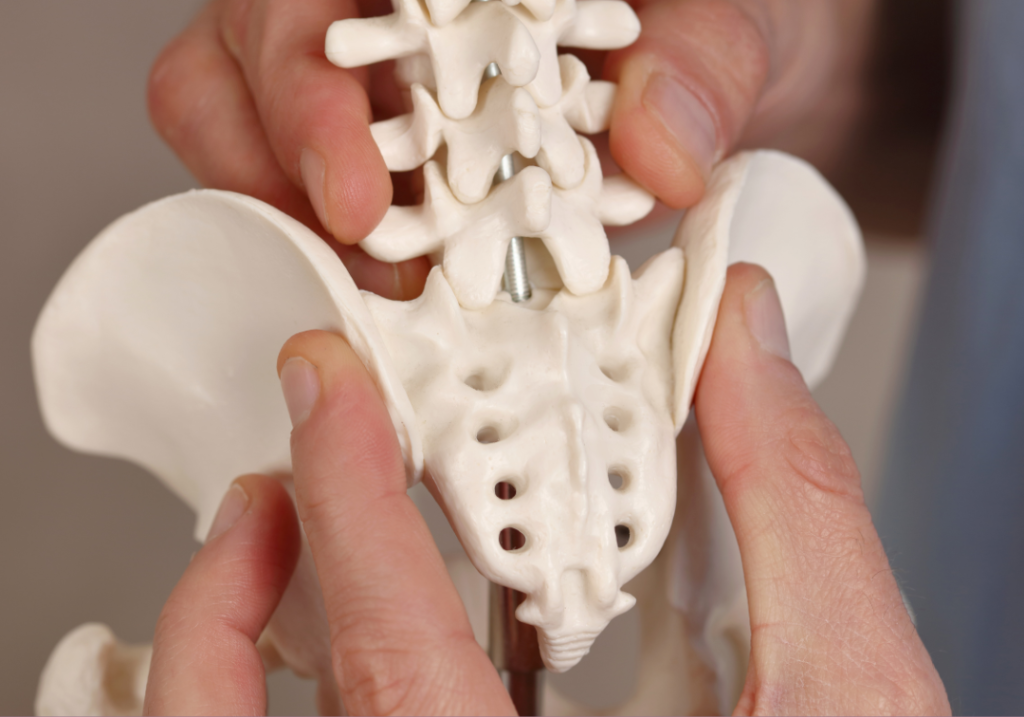
Effects of Tailbone Pain:
Effects of Tailbone Pain can be far reaching. While many people think of the tailbone and an unused part of the body, in reality, it is involved in many daily activities. Limitations from tailbone pain are often met by others with mis-understanding and lack of empathy, because the problem is invisible from the outside. If you are suffering from tailbone pain, you are likely coping with many of these issues:
- Problems completing your work- sitting for meetings or desk work, or standing too long can both exacerbate pain
- Difficulty sleeping- Fatigue and lack of sleep make it harder for your body to regenerate and heal
- Problems with toileting, especially bowel movements due to pain when passing stool
- Inability to sit for church services, entertainment, or public events
- Walking, jogging, stairs and exercise are uncomfortable even impossible- impacting health and fitness
- Inability to drive or ride for work, family, or social activities
- Difficulty performing household chores
Significant emotional and psycological impact- Chronic tailbone pain can take a toll on mental and emotional well-being, leading to frustration, anxiety, depression, and decreased self-esteem.
Effects of Tailbone Pain:
Effects of Tailbone Pain can be far reaching. While many people think of the tailbone and an unused part of the body, in reality, it is involved in many daily activities. Limitations from tailbone pain are often met by others with mis-understanding and lack of empathy, because the problem is invisible from the outside. If you are suffering from tailbone pain, you are likely coping with many of these issues:
- Problems completing your work- sitting for meetings or desk work, or standing too long can both exacerbate pain
- Difficulty sleeping- Fatigue and lack of sleep make it harder for your body to regenerate and heal
- Problems with toileting, especially bowel movements due to pain when passing stool
- Inability to sit for church services, entertainment, or public events
- Walking, jogging, stairs and exercise are uncomfortable even impossible- impacting health and fitness
- Inability to drive or ride for work, family, or social activities
- Difficulty performing household chores
Significant emotional and psycological impact- Chronic tailbone pain can take a toll on mental and emotional well-being, leading to frustration, anxiety, depression, and decreased self-esteem.

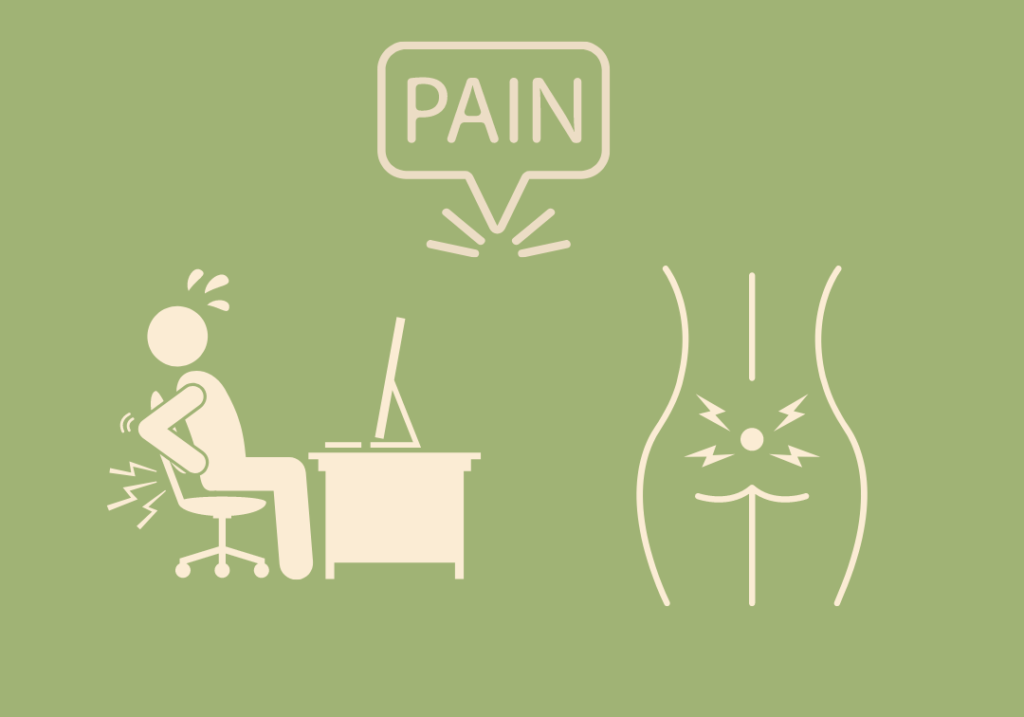
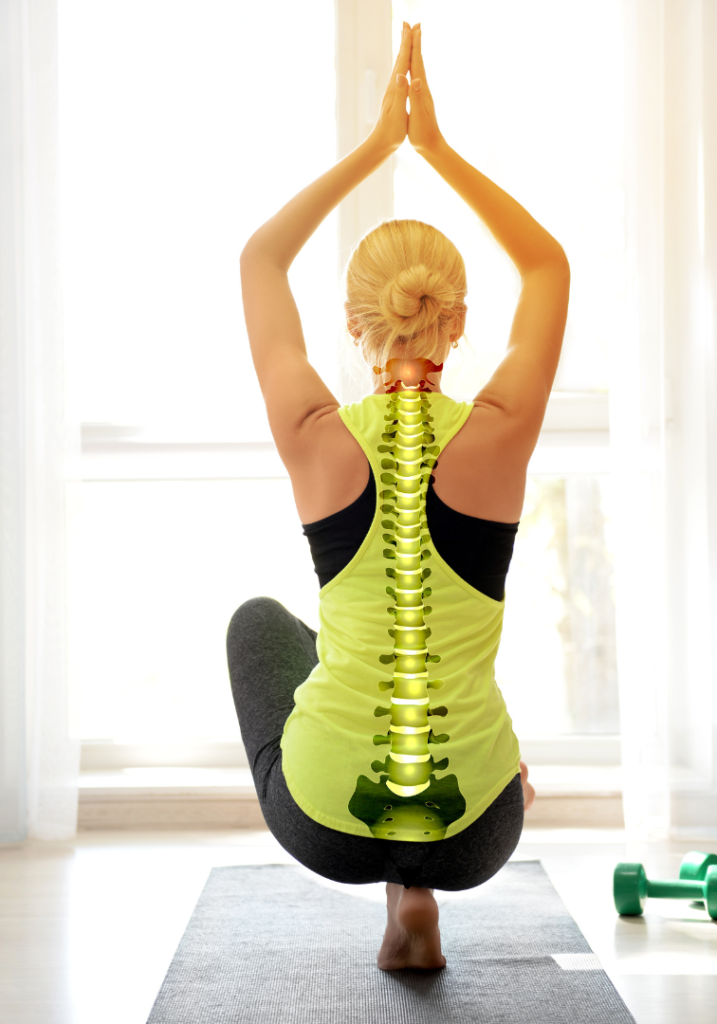
Pelvic Floor Physical Therapy” is actually a misleading name. A pelvic floor physical therapist uses the same strategies for the pelvic region that they would use for any area of the body. And the pelvis does not work alone, but in partnership with the back, legs, hips, and abdomen. A Pelvic Health Physical Therapist needs to look holistically at all the related areas to identify factors that are contributing to symptoms. Then they systematically address the problems they find. It’s not magic. It’s not woo-woo. It’s physical therapy.
Pelvic Floor Physical Therapy” is actually a misleading name. A pelvic floor physical therapist uses the same strategies for the pelvic region that they would use for any area of the body. And the pelvis does not work alone, but in partnership with the back, legs, hips, and abdomen. A Pelvic Health Physical Therapist needs to look holistically at all the related areas to identify factors that are contributing to symptoms. Then they systematically address the problems they find. It’s not magic. It’s not woo-woo. It’s physical therapy.
Treatment for Tailbone Pain
Traditional medical treatments for tailbone pain focus on temporarily relieving the pain with medications. In some cases people that have not found relief have been weaned from medicine after a course of pain relieving medicine with no other options provided.
Fortunately, there are effective conservative treatments for tailbone pain. Pelvic floor physical therapy offers a holistic approach to treating tailbone pain, addressing the underlying causes and providing targeted interventions to alleviate symptoms and improve pelvic health.
Treatment for Tailbone Pain
Traditional medical treatments for tailbone pain focus on temporarily relieving the pain with medications. In some cases people that have not found relief have been weaned from medicine after a course of pain relieving medicine with no other options provided.
Fortunately, there are effective conservative treatments for tailbone pain. Pelvic floor physical therapy offers a holistic approach to treating tailbone pain, addressing the underlying causes and providing targeted interventions to alleviate symptoms and improve pelvic health.
What would a pelvic health physical therapist do?
Often when a person is looking for answers to tailbone pain they hear of pelvic floor physical therapy for the first time. If this is the first time you have heard of pelvic floor therapy you are not alone.
At first it may be difficult, even possibly a little scary to imagine what a physical therapist might do to address tailbone pain. Physical therapists have a reputation for painful treatments. A Pelvic Health Physical Therapist has specific training in pelvic floor issues, and is keenly aware that the bottom and underside of the pelvis is specially sensitive both physically and mentally. They should be taking extra care to ensure that you are comfortable. This is not a “No pain, no gain” type of treatment.
What would a pelvic health physical therapist do?
Often when a person is looking for answers to tailbone pain they hear of pelvic floor physical therapy for the first time. If this is the first time you have heard of pelvic floor therapy you are not alone.
At first it may be difficult, even possibly a little scary to imagine what a physical therapist might do to address tailbone pain. Physical therapists have a reputation for painful treatments. A Pelvic Health Physical Therapist has specific training in pelvic floor issues, and is keenly aware that the bottom and underside of the pelvis is specially sensitive both physically and mentally. They should be taking extra care to ensure that you are comfortable. This is not a “No pain, no gain” type of treatment.
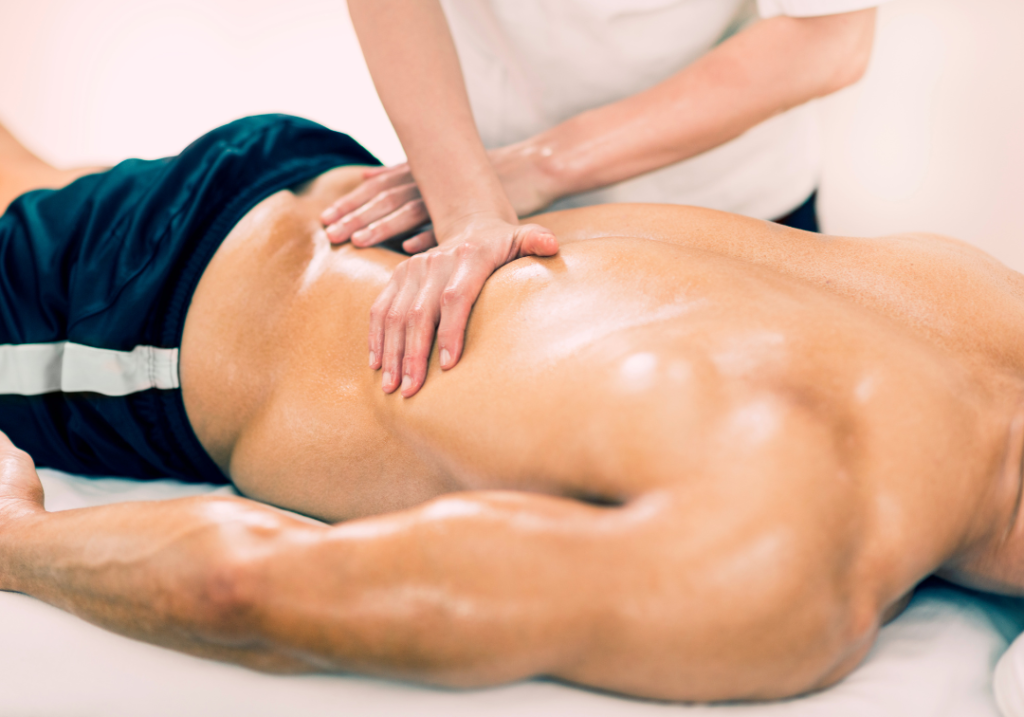
Treatments might include:
Comprehensive Assessment: A pelvic health physical therapist will conduct a thorough assessment to evaluate the underlying causes of tailbone pain, including pelvic floor dysfunction, muscle imbalances, and postural issues.
Tailored Treatment Plan: Based on the assessment findings, the pelvic floor physical therapist will develop a personalized treatment plan tailored to the individual’s specific needs and goals.
Manual Therapy Techniques: Hands-on techniques such as soft tissue mobilization, myofascial release, and trigger point therapy may be used in the hips, back, thighs and pelvic floor to address tightness, tension, and dysfunction in the tissues.
Non-Medicated pain management: Treatments such as cold or heat, dry needling, nerve flossing, E-Stim, and other modalities to reduce inflammation, and enhance function.
Core, Hip, and Pelvic Floor Exercises: Specific exercises, including relaxation, strengthening, and coordination exercises, prescribed to improve muscle function and rebalance muscle activation to alleviate tailbone pain.
Postural Education: Education on proper sitting, standing, and movement mechanics helps individuals improve their posture and reduce pressure on the tailbone, leading to decreased pain and discomfort.
Ergonomic Modifications: Recommendations for ergonomic modifications, such as using a coccyx cushion or adjusting seating arrangements, will be provided if appropriate to alleviate tailbone pressure and promote comfort during daily activities.
Behavioral Strategies: Behavioral strategies such as bladder and bowel retraining, stress management techniques, and relaxation exercises are incorporated to address contributing factors and promote overall pelvic health.
Home Exercise Program: A tailored home exercise program will be provided to empower individuals to continue their progress outside of therapy sessions, promoting long-term relief and management of tailbone pain.
Treatments might include:
Comprehensive Assessment: A pelvic health physical therapist will conduct a thorough assessment to evaluate the underlying causes of tailbone pain, including pelvic floor dysfunction, muscle imbalances, and postural issues.
Tailored Treatment Plan: Based on the assessment findings, the pelvic floor physical therapist will develop a personalized treatment plan tailored to the individual’s specific needs and goals.
Manual Therapy Techniques: Hands-on techniques such as soft tissue mobilization, myofascial release, and trigger point therapy may be used in the hips, back, thighs and pelvic floor to address tightness, tension, and dysfunction in the tissues.
Non-Medicated pain management: Treatments such as cold or heat, dry needling, nerve flossing, E-Stim, and other modalities to reduce inflammation, and enhance function.
Core, Hip, and Pelvic Floor Exercises: Specific exercises, including relaxation, strengthening, and coordination exercises, prescribed to improve muscle function and rebalance muscle activation to alleviate tailbone pain.
Postural Education: Education on proper sitting, standing, and movement mechanics helps individuals improve their posture and reduce pressure on the tailbone, leading to decreased pain and discomfort.
Ergonomic Modifications: Recommendations for ergonomic modifications, such as using a coccyx cushion or adjusting seating arrangements, will be provided if appropriate to alleviate tailbone pressure and promote comfort during daily activities.
Behavioral Strategies: Behavioral strategies such as bladder and bowel retraining, stress management techniques, and relaxation exercises are incorporated to address contributing factors and promote overall pelvic health.
Home Exercise Program: A tailored home exercise program will be provided to empower individuals to continue their progress outside of therapy sessions, promoting long-term relief and management of tailbone pain.
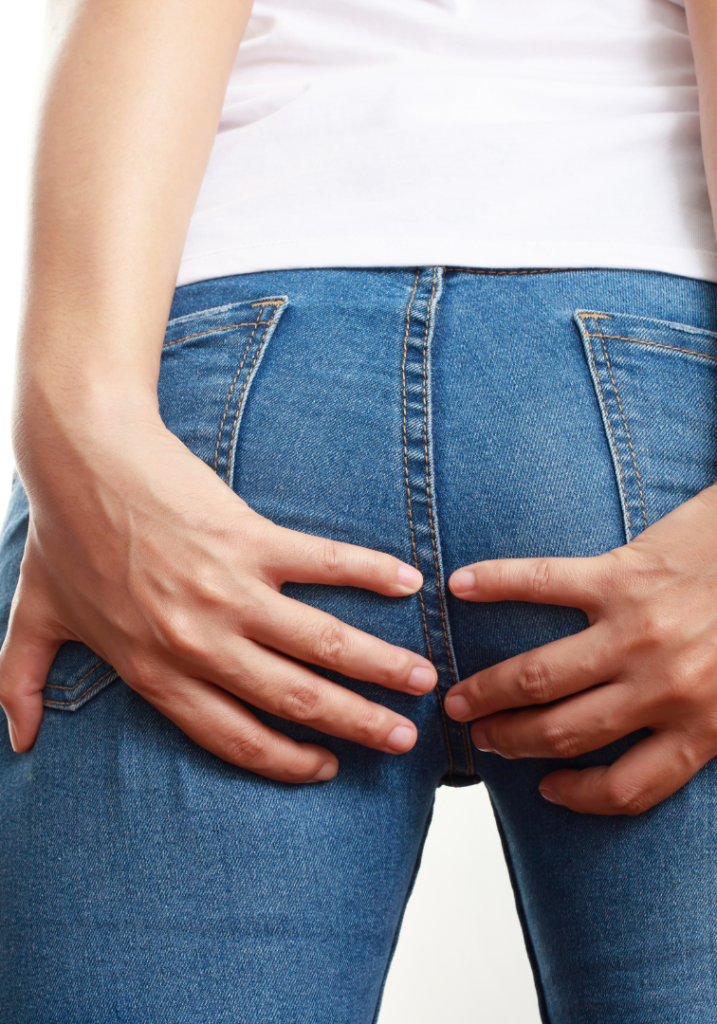
Conclusion:
Tailbone pain, or coccydynia, is a challenging condition to live with, impacting mobility, functionality, and overall quality of life. However, you can find effective treatment and relief from pain.
By addressing the underlying causes, providing targeted interventions, and empowering you with tools for self-care, pelvic health physical therapy offers hope for healing when you are experiencing tailbone pain. If you are struggling with coccydynia, don’t hesitate to reach out to a pelvic health therapist for personalized care and support on your journey to recovery.
Conclusion:
Tailbone pain, or coccydynia, is a challenging condition to live with, impacting mobility, functionality, and overall quality of life. However, you can find effective treatment and relief from pain.
By addressing the underlying causes, providing targeted interventions, and empowering you with tools for self-care, pelvic health physical therapy offers hope for healing when you are experiencing tailbone pain. If you are struggling with coccydynia, don’t hesitate to reach out to a pelvic health therapist for personalized care and support on your journey to recovery.
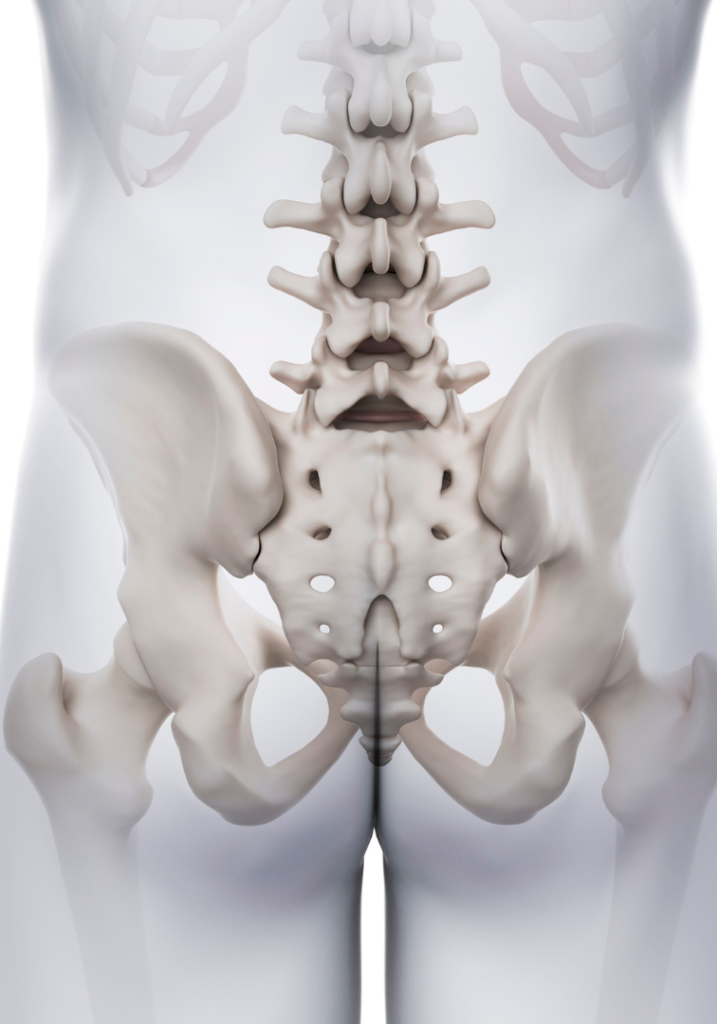

Holly McDonald, PT
Pelvic Rehab Specialist
HoHolly McDonald, PT
Pelvic Rehab Specialist
My practice is in Winston Salem NC. I see some patients virtually, but in-person is even better.
I am located at 501 Shepherd St. Winston Salem NC 27103. For more information, or to schedule an appointment please call the office at 336-414-2050, or email us at office@reliefpt.com.
My practice is in Winston Salem NC. I see some patients virtually, but in-person is even better.
I am located at 501 Shepherd St. Winston Salem NC 27103. For more information, or to schedule an appointment please call the office at 336-414-2050, or email us at office@reliefpt.com.
